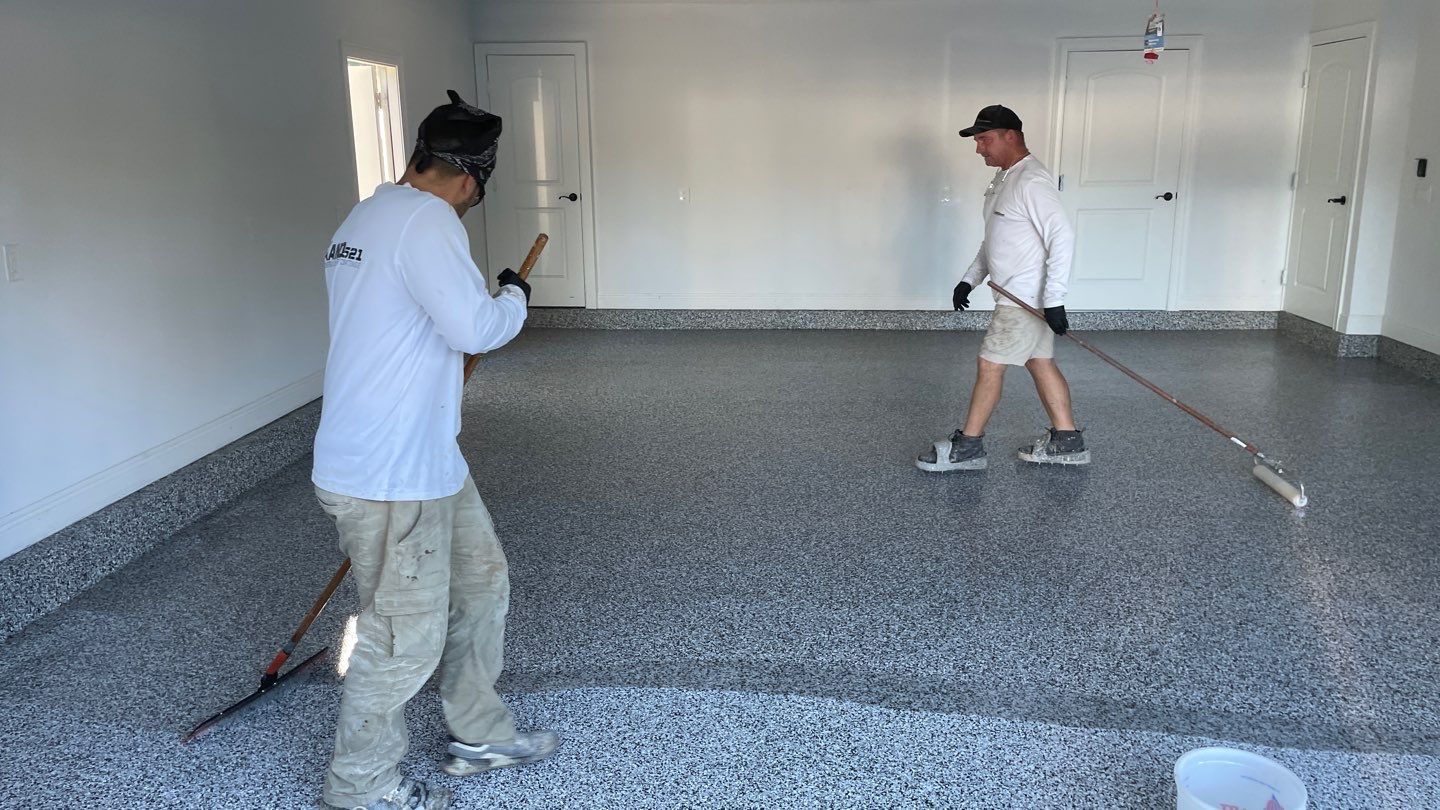Absolutely, aromatic polyurea is a fascinating material with a wide array of applications across industries due to its versatility and durability. In this blog, let’s dive into the beauty of aromatic polyurea, exploring its formulas, finishes, and the remarkable traits that make it a preferred choice in various fields.
Understanding Aromatic Polyurea
Aromatic polyurea belongs to the polyurethane family, characterized by its exceptional resistance to abrasion, chemicals, and weathering. It’s formed through the reaction of an isocyanate component with a resin blend, resulting in a material known for its flexibility, toughness, and adhesion properties.
Formulas and Composition
The formulation of aromatic polyurea involves a careful balance of ingredients to achieve desired properties. Typically, it consists of:
- Isocyanate Component: This is usually a diisocyanate, such as diphenylmethane diisocyanate (MDI) or toluene diisocyanate (TDI). Isocyanates react with other components to form the polyurea structure.
- Resin Blend: This includes amine-terminated compounds, such as aromatic diamines or polyetheramines. These compounds react with isocyanates to form the polyurea backbone.
- Additives: Various additives like catalysts, chain extenders, and pigments can be incorporated to modify properties like curing time, flexibility, and color.
Versatility in Applications
Protective Coatings:
Aromatic polyurea is widely used as a protective coating due to its excellent durability and resistance. It’s applied in industries ranging from automotive and marine to construction and infrastructure. Its ability to withstand harsh environments, UV exposure, and chemical spills makes it an ideal choice for protective coatings on surfaces.
Waterproofing Solutions:
In construction, particularly in roofing and flooring applications, aromatic polyurea serves as an exceptional waterproofing agent. Its seamless application and fast cure time make it advantageous for preventing leaks and enhancing the longevity of structures.
Decorative Finishes:
Beyond its protective qualities, aromatic polyurea offers decorative finishes in various settings. With the ability to be tinted or pigmented, it can create visually appealing surfaces in indoor and outdoor environments. Decorative flooring, architectural elements, and artistic installations benefit from its customizable colors and finishes.
Beauty in Finishes
The aesthetic appeal of aromatic polyurea lies in its adaptability. It can emulate different textures like stone, tile, or polished concrete. Its seamless application provides a smooth, uniform surface that enhances the visual appeal of structures.
Moreover, its UV stability prevents color fading, ensuring that the vibrant finishes remain intact for extended periods. The glossy or matte finishes contribute to the overall aesthetics, making it a versatile choice for both functional and visually appealing surfaces.
Aromatic polyurea stands out not only for its durability and protective capabilities but also for its aesthetic potential. Its ability to withstand harsh conditions while offering customizable finishes makes it a sought-after material across industries. From safeguarding structures to enhancing their appearance, aromatic polyurea continues to showcase its beauty in a multitude of applications, proving itself as a powerhouse in modern material technology.
